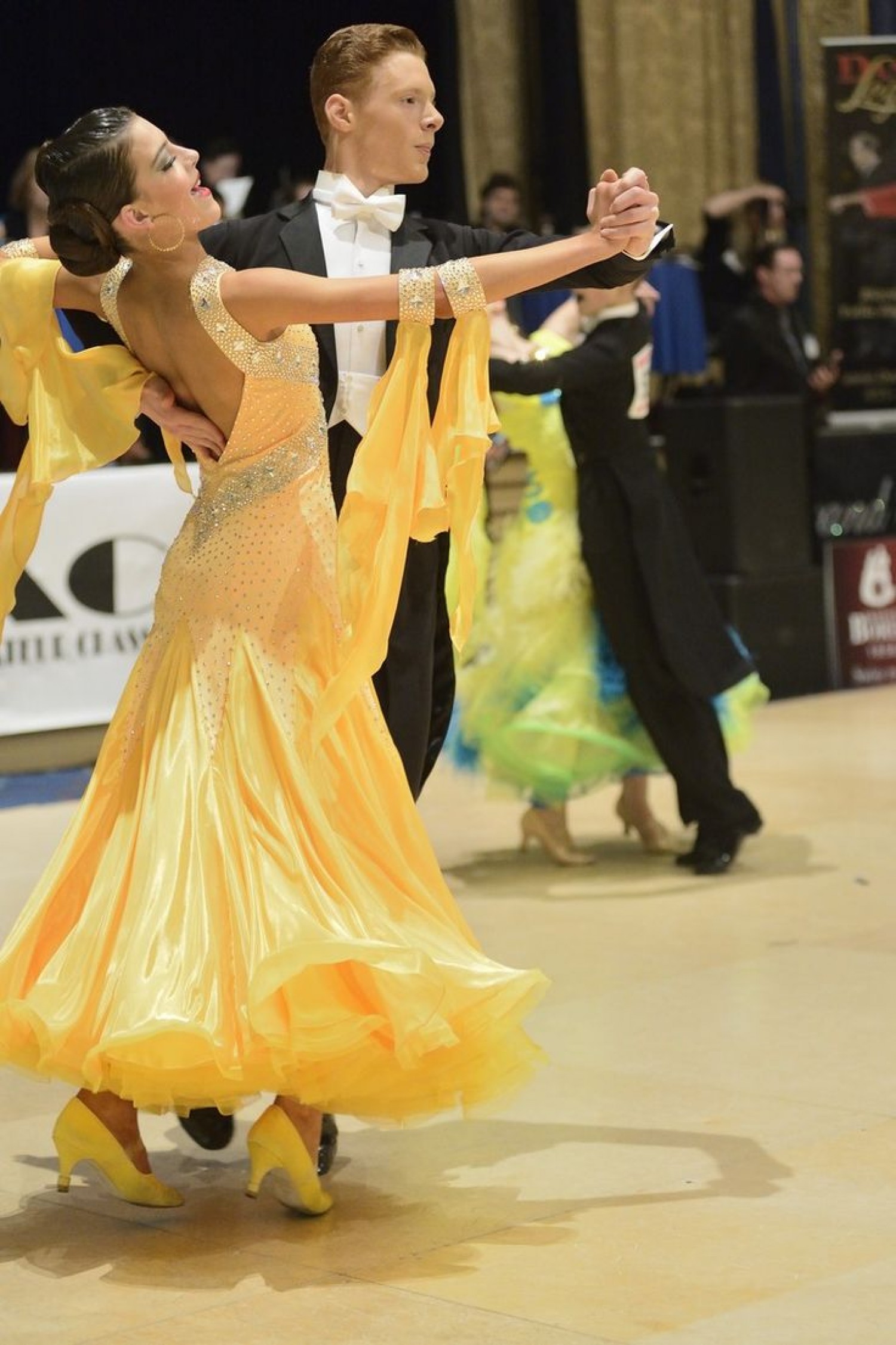Confusing Dance Concepts, Part Two

I believe that every person has a way of understanding, that is slightly different from everyone else. Why else do dance instructors need so many different ways to explain how to move your body? And why else would there be so much room for confusion? Clearly understanding a concept in dance can save you thousands of dollars and hours of time spent muddling through a vague description. So in the interests of understanding and clarity, lets explore four more ballroom dance terms that often mislead us (click here for the previous three).
4. Partial Weight Changes?
Sometimes if the music is fast, we don’t have time to transfer all our weight from one foot to another. This most often happens in checking actions (see below), like the crossover breaks. A forward step is taken, the body moves to a point in between the stepping foot and the supporting one, then moves back again. Generally, the closer the body can come to a full weight change – without losing timing – the better the movement looks. Partial weight changes can be made in any direction.
5. Checks, Breaks and Rocks.
They might seem to describe the same thing – a weight change in one direction, then the opposite – but there’s actually important differences:
- A check in ballroom dancing is any sharp discontinuation of movement. It can also specifically refer to a forward step where the knees lock together and only a partial weight change is made.
- A break is a type of check where the next step is taken in the opposite direction as the checking step.
- Rocks can be used interchangeably with breaks, but they can also include multiple weight changes back and forth, only making a full weight change on the last step (watch the progressive rocks in tango here).
6. Measures per Minute (MPM) vs Beats per Minute (BPM).
Don’t panic – you don’t need to be a music major to understand this part. Think of beats as pulses or emphasis’ in the music, while a measure is a repeating section of music containing any number of beats. While beats give you the timing or ‘pace’ of the music, measures help break the music into manageable parts, like the intro, verses, and chorus. In ballroom dancing, most music has four beats every measure, with some having three (waltzes), or even two (samba or paso doble).
7. Pivots vs ‘Pivoting Actions’.
In ballroom dancing, a pivot can refer to any turn without travelling. In this case, we’re looking at a pivot where the free leg (the one without weight) is held in front or behind the body during the turn. The free foot will usually brush the floor in a semi-circle. True pivots finish with the free leg in the same position it started. By contrast, pivoting actions require the free leg to swing out slightly, as with the forward step in the foxtrot promenade pivots.
We all want to learn faster, but we often underestimate the importance of finding a clear answer to our questions. I hope this article on dance terminology gives you some of that clarity – it is the foundation on which great dancing is made.
Sources:
American Style Tango: Progressive Walks
Full Weight Transfer on New York/Crossovers?
Glossary of Partner Dance Terms
Learning Centre: Glossary of Terms
About the Author
Ian Crewe has been dancing ballroom for over 18 years, and has a Licentiate in American smooth and rhythm. His passion for dance and his endless seeking for ways to reach new audiences eventually led him to blogging and the World Wide Web. Ian currently teaches at the Joy of Dance Centre, Toronto, ON, Canada.

